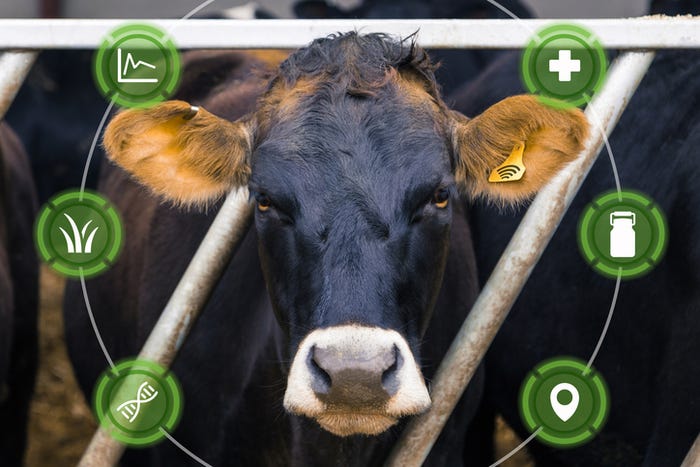No matter when you wean, you need to think ahead about what your ration options might be. That and more awaits you in this week’s Trending Headlines.

Weaning time means ration decisions
Some producers wean on a set schedule, like the opening weekend of deer season. Others, struggling with drought, may have already weaned early or will wean soon. And others may not wean for several months.
Regardless of when you wean, however, it will bring the challenge of feeding weaned calves for a short transition period. That’s when nutrition is critical to end-product quality because it influences both marbling development and calf health, which in turn also affects later quality grade, reports the Angus Beef Bulletin.
Click here for tips on structuring a weaning and preconditioning ration.
Beware of drought-caused nitrate and prussic acid poisoning

Be cautious when turning livestock into pastures with certain warm season grasses as toxic nitrate and prussic acid can accumulate in drought situations. The sorghum family – including sorghum-Sudan hybrids, forage sorghum, Sudan grass and Johnson grass; and corn – can develop the most buildup of nitrates and prussic acid, reports onpasture.com.
“When there’s a drought, warm-season annuals quit growing but still take up nitrogen from the soil and accumulate nitrates and prussic acid,” Craig Roberts, state forage specialist with MU Extension said. “Once the drought ends, those plants start to grow again and look green and lush, but they’ll be full of toxins.”
Most Americans accept genetic engineering of animals that benefits human health
Americans' views of possible uses of genetic engineering in animals vary depending on the mechanism and intended purpose of the technology, particularly the extent to which it would bring health benefits to humans, according to a new study released by Pew Research Center.
Presented with five different scenarios of animal genetic engineering that are currently available, in development or considered possible in the future, Americans provide majority support only for the two that have clear potential to pre-empt or ameliorate human illness.
Seven in 10 Americans believe that genetically engineering mosquitoes to prevent their reproduction-thus limiting the spread of some mosquito-borne diseases-would be an appropriate use of technology, and a 57% majority considers it appropriate to genetically engineer animals to grow organs or tissues that could be used for humans needing a transplant.
How disruptive technologies will change the way you ranch

"The classic definition of disruptive technology is a concept, idea or leverage, pulled off by a small, young or early entrant to an existing industry that literally rewrites the business model,’ says Tom Field, head of the Engler Agribusiness Entrepreneurship Program at the University of Nebraska. “The classic example is Uber - the world's largest taxi company that owns no cars."
According to Field, one of the keys of a disruptive technology is that it looks at an industry with fresh eyes sees ways to fix problems within the industry. Field explains that oftentimes, people engrained in a certain area, business or industry will get into a rhythm of doing things and become stuck in that same rhythm.
When a disruptor arrives, it changes that rhythm through innovative thinking; finding different, more efficient ways of doing certain tasks. One example of a disruptive technology within the beef industry is artificial insemination, according to the Oklahoma Farm Report.
What disruptive technologies might be in the beef business’ future? Click here to find out.
Chopped or baled? Which silage storage option is best for you?

MU Extension livestock specialist Gene Schmitz recommends that beef producers use chopped silage rather than baleage for beef cattle. As the drought of 2018 continues, farmers are turning to drought-stressed corn as alternative feed sources.
Farmers are looking to drought-stressed corn for silage and baleage to stretch limited hay supplies. Chopped corn silage offers beef producers better options than baleage, says University of Missouri Extension livestock specialist Gene Schmitz.
Silage allows better control of the amount of high-energy feed for wintering cattle, Schmitz says. Baleage offers less flexibility and control of portion size, reports Farm Talk.
About the Author(s)
You May Also Like




